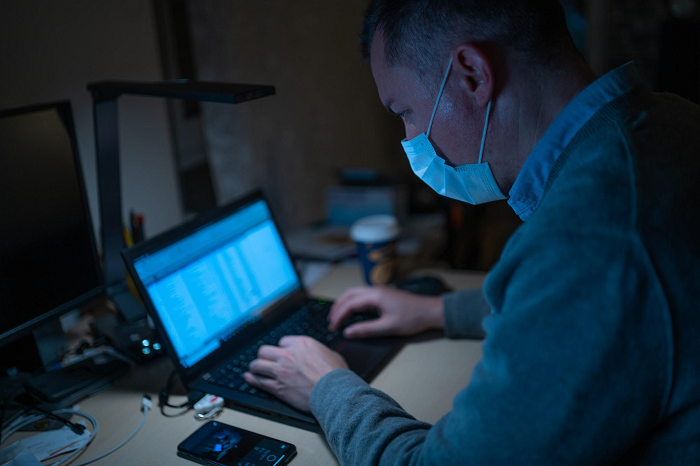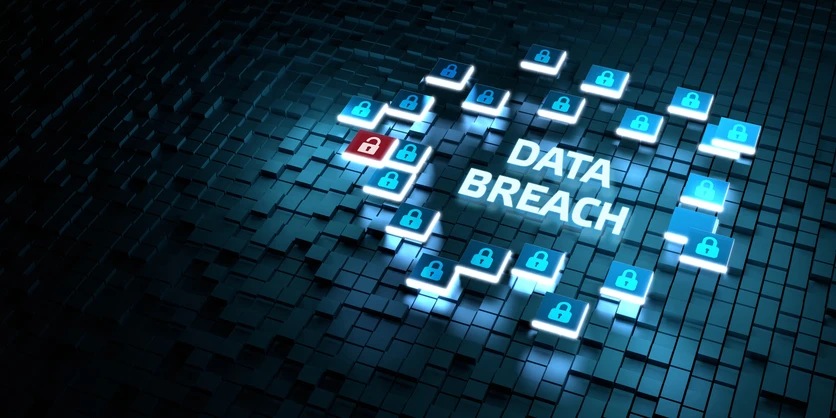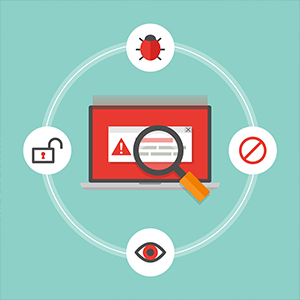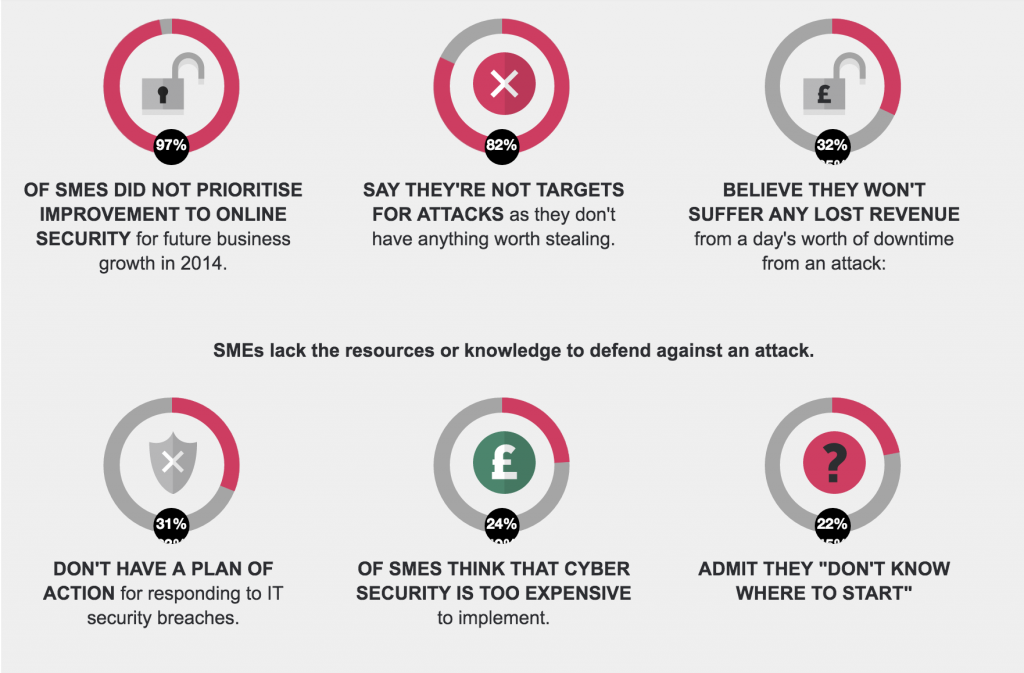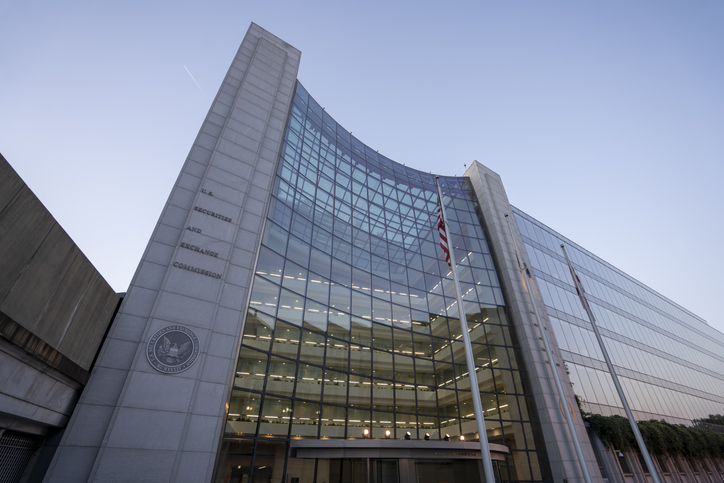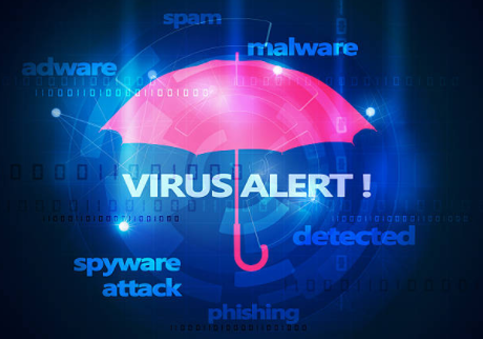What Is Computer Ransomware Attack?
Updated on October 11, 2022, by Xcitium
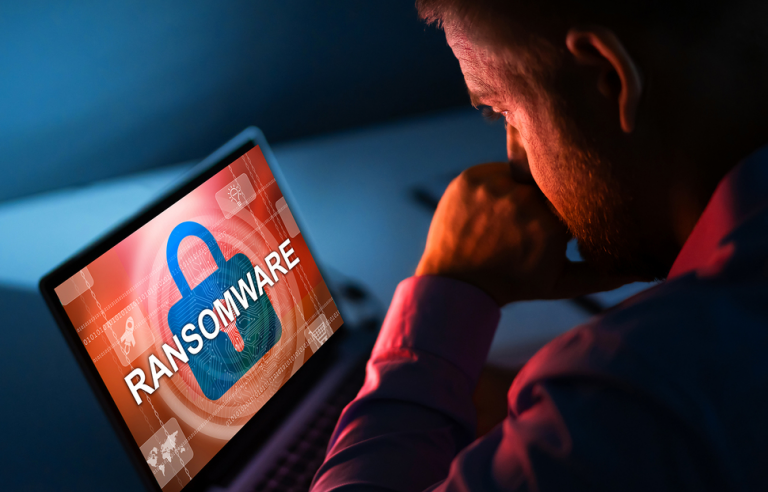
The trends surrounding ransomware has left some of the world’s top security experts in awe. Hospitals, cities and school districts have all had their share of ransomware attacks. In 2016, Ottawa Hospital was a victim of a ransomware attack. No ransomware was paid though as the hospital immediately wiped off the drives when it discovered the attack.
However, not everyone is lucky to respond sooner to ransomware attacks. In 2019, VCPI, a healthcare information management company, lost clients’ information after a ransomware attack breached their data.
From 3.8 million ransomware attacks in 2013, the figure increased to 638 million ransomware attacks in 2016. Outrageous, right? Of course, ransomware is rising at an unprecedented speed, threatening individuals, businesses and government agencies. If you’re interested in learning more about ransomware attacks, this article contains valuable information for you.
What Is Ransomware?
A Computer Ransomware is a form of malicious software that denies its victims access to their computers or their files, and asks for money to be paid. If the money is not paid, the victims risk losing their valuable information.
Ransomware attackers have attacked both individuals and organizations. While most of these attacks targeted a particular industry, the WannaCry attack of 2017 targeted personal computer users and machines of organizations. The NHS, one of the victims of the WannaCry attack, suffered damages worth $115m.
Ransomware attacks are increasing daily. In 2019, there were 187.9 million computer ransomware attacks worldwide.
Perhaps, the adoption of cryptocurrencies is one of the factors contributing to increasing ransomware attacks. This is because the perpetrators might not be traceable as cryptocurrencies allow anonymous transactions.
Types Of Computer Ransomware Attacks
Crypto and Locker ransomware are the two major types of ransomware.
The crypto-ransomware happens when a victim’s files are put in an unreadable file format to file viewers.
With crypto-ransomware, a picture file will be unreadable by a picture viewer. An encryption key formats the files to an illegible version. The attackers only release the key when the ransom is paid.
Locker ransomware is the less common type of ransomware. That doesn’t mean it is infrequent. There are still locker ransomware attacks running into millions annually. The primary target of locker ransomware are organizations that use shared computers.
Unlike crypto-ransomware that targets files, locker ransomware denies the victim access to the computer, locking them out except the ransom is paid.
When the ransom is paid, the victim will get the username and password to the computer.
How Ransomware Affects Computers?
Ransomware affects computers through malicious attachments, usually sent through phishing emails and social engineering. Victims of ransomware attacks might notice strange performance with their computers after a ransomware attack.
Except you thoroughly flush out ransomware, the remnant might continue to cause damages. Danish Agro, a victim of ransomware, had to rebuild their data after an attack.
Not only will the victim lose data, but it might also have problems with efficiency as the ransomware payload will use processor resources to load.
How To Prevent Computer Ransomware Attacks?
The best way to stop ransomware attacks is to prevent it. This is because you’re not sure whether your information would be compromised during the attack. You might not get your data after paying the ransom.
To prevent ransomware attacks, you have to follow the trail of ransomware attacks. The following will help.
Avoid Compromised Files
Most ransomware attacks happen when you open a file that contains ransomware. This causes the ransomware payload to run on your computers. Before opening any file, be sure of its origin.
Avoid Clicking Suspicious Links
Ransomware can get into your computer by exploiting your browser when you click a link containing damaging items.
Avoid any email containing a suspicious link. Delete any message containing a link that you don’t trust. Chances are your guts are right.
Use Strong Passwords
A weak password might help malicious actors gain access to your computer or accounts. That can be an avenue to infect your computer. Don’t forget that ransomware attackers can target your mobile devices too.
Update Your Software
Ransomware attackers can exploit outdated software. Make sure your software is up to date. This includes your browsers, OS and every other app.
Use Strong Antivirus/Anti-Malware Software
Invest in a solid antivirus. If ransomware slips through your hands, a good antivirus program might be able to stop it from loading.
Use Advanced Security Systems
For tricky ransomware malware that may bypass traditional security systems, you need advanced security systems like Xcitium’s Advanced Endpoint Protection to detect and block such malware.
Conclusion
Ransomware is a severe issue. Understanding it is a first step to combating it. Put the necessary steps to prevent ransomware, and you’ll keep your computer safe.

